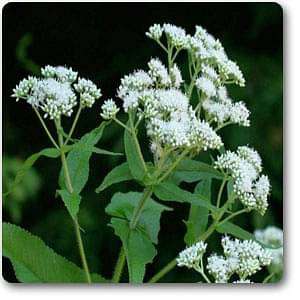
Boneset - Plant
(MRP Inclusive of all taxes)
- Shipping ₹79 for entire order
- Dispatch in 7 days
- Country of origin: India

(MRP Inclusive of all taxes)
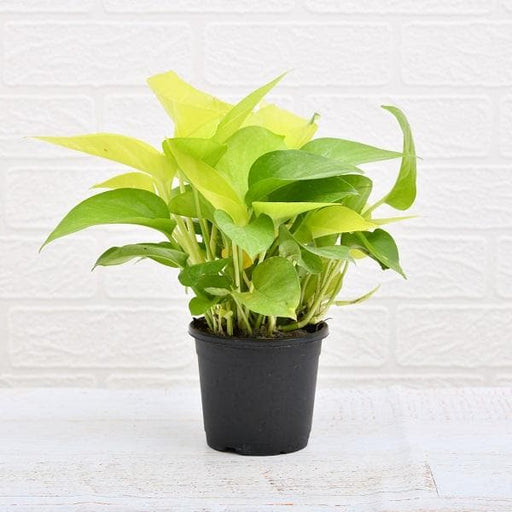 Save 29%
Save 29%
Air Purifier Money Plant with Pot The Air Purifier Money Plant, also known as Pothos or Epipremnum aureum, is a stunning indoor plant that...
View full details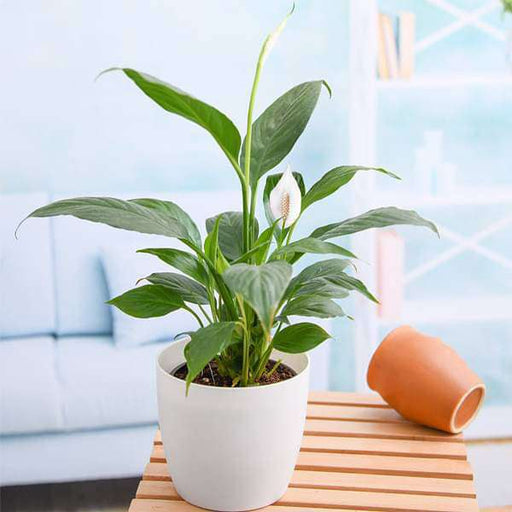
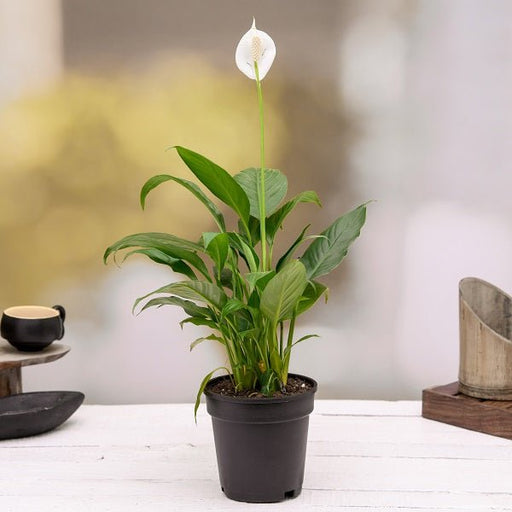 Save up to 15%
Save up to 15%
Peace Lily, Spathiphyllum - Plant The Peace Lily, scientifically known as Spathiphyllum, is a stunning houseplant celebrated for its elegant white...
View full details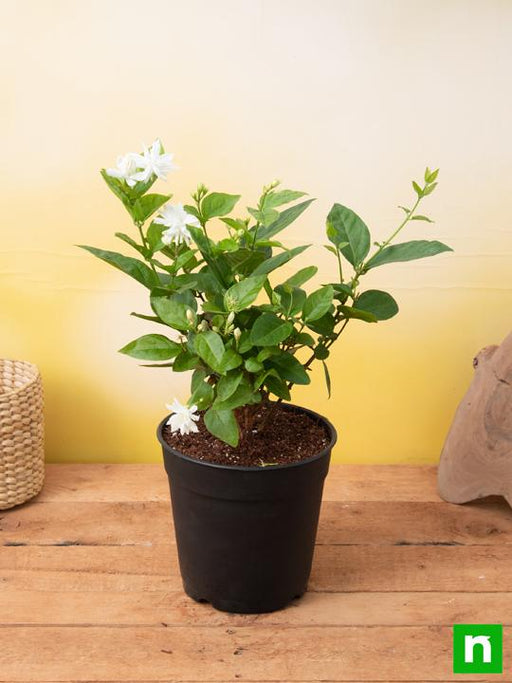
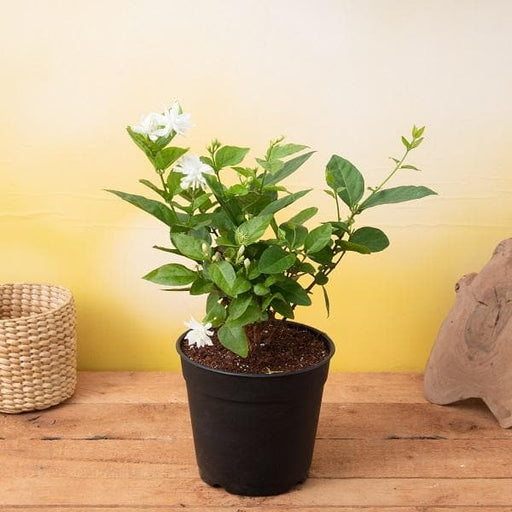 Save 25%
Save 25%
Jasminum sambac, Mogra, Arabian Jasmine - Plant Jasminum sambac, commonly known as Mogra or Arabian Jasmine, is a fragrant flowering plant...
View full details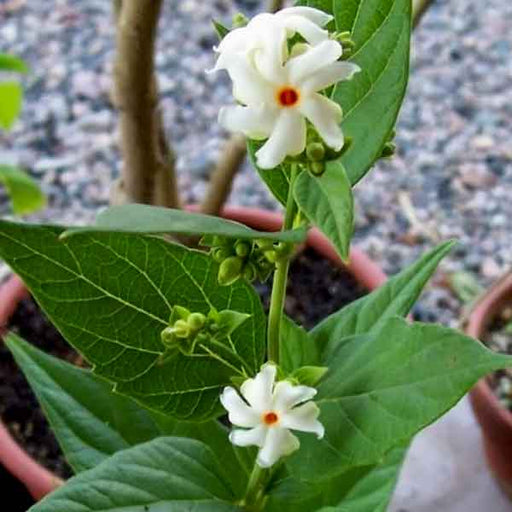
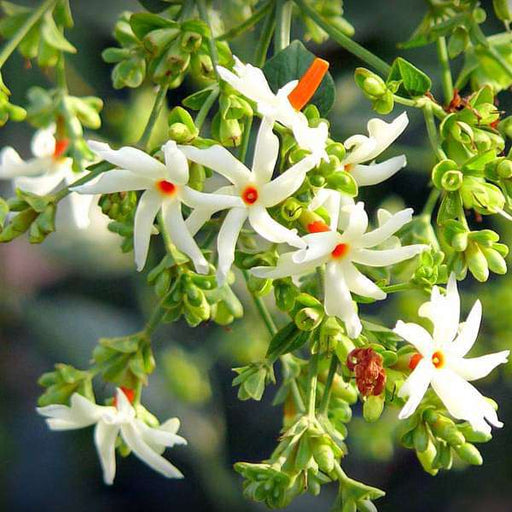 Save 18%
Save 18%
Combo Constituents Includes the Parijat Tree (Night-Flowering Jasmine), a culturally significant plant with fragrant flowers. Description The Pari...
View full details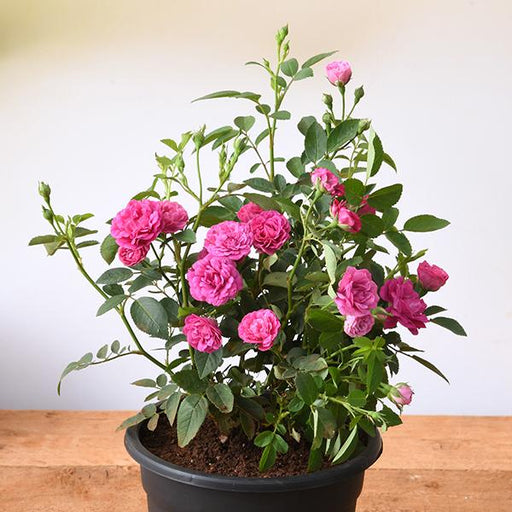
 Save 25%
Save 25%
Miniature Rose, Button Rose (Any Color) - Plant The Miniature Rose, also known as the Button Rose, is a charming and compact flowering plant that ...
View full details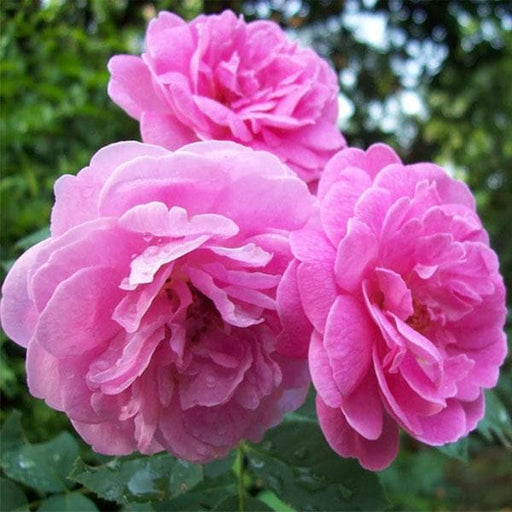 Save 25%
Save 25%
Damascus Rose, Scented Rose (Any Color) - Plant The Damascus Rose, also known as Rosa damascena, is a timeless symbol of beauty and romanc...
View full details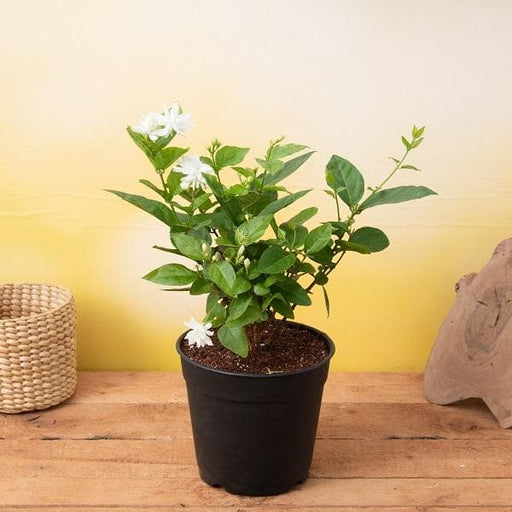
 Save 17%
Save 17%
Beautiful Fragrant Mogra, Arabian Jasmine Plant with Pot The Beautiful Fragrant Mogra, also known as Arabian Jasmine (Jasminum sambac), is...
View full details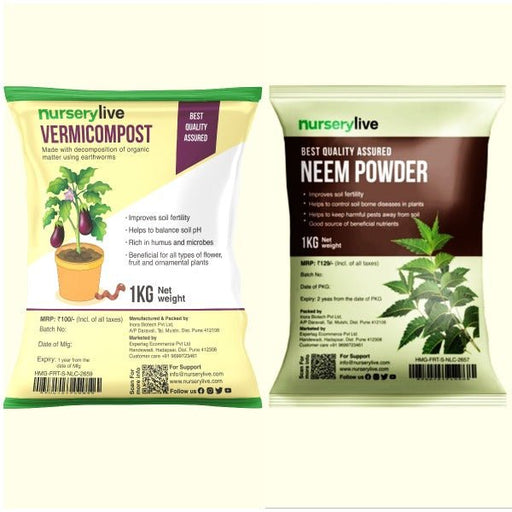 Save 15%
Save 15%
Pack of Vermicompost and Neem Cake for House Plants Transform your indoor garden with our premium Pack of Vermicompost and Neem Cake, spec...
View full details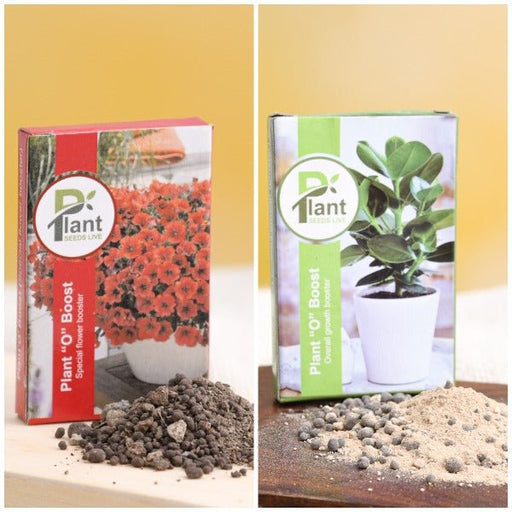
Pack of Plant Growth and Flower Boosters Unlock the full potential of your garden with our Pack of Plant Growth and Flower Boosters! This ...
View full details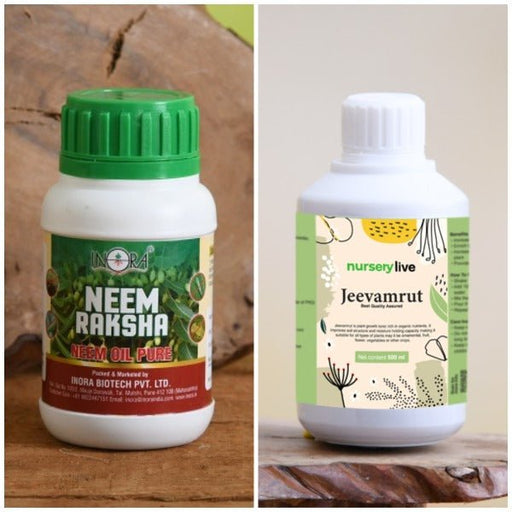 Save 38%
Save 38%
Combo of Jeevamrut and Neem Raksha for Easy Growth and Protection of Houseplants Transform your indoor garden with our exclusive combo of ...
View full details Save 22%
Save 22%
Plant Nutrients Kit (Pack of 16) for a Healthy Garden Transform your garden into a lush paradise with our Plant Nutrients Kit, featuring 1...
View full details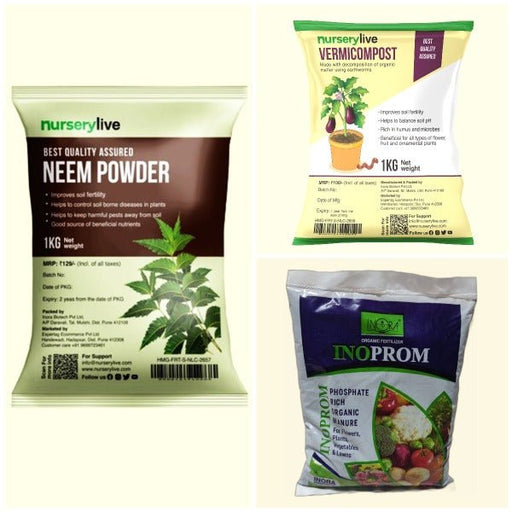 Save 16%
Save 16%
Combo of Top Plant Fertilizers Elevate your gardening game with our exclusive Combo of Top Plant Fertilizers, featuring two bags of premiu...
View full details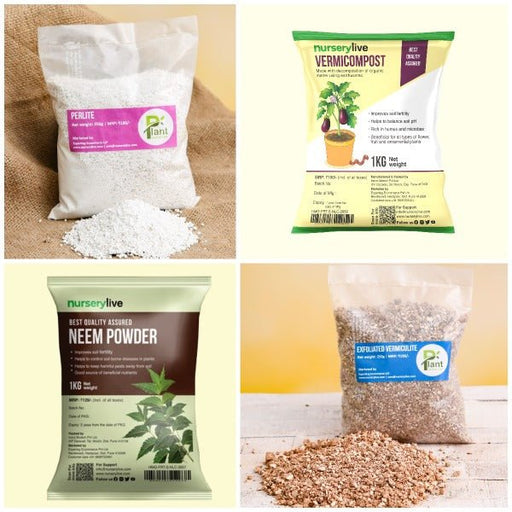 Save 24%
Save 24%
Pack of 4 Additives to Make Soil Healthy and Nutrient Rich Transform your garden into a thriving ecosystem with our Pack of 4 Additives de...
View full details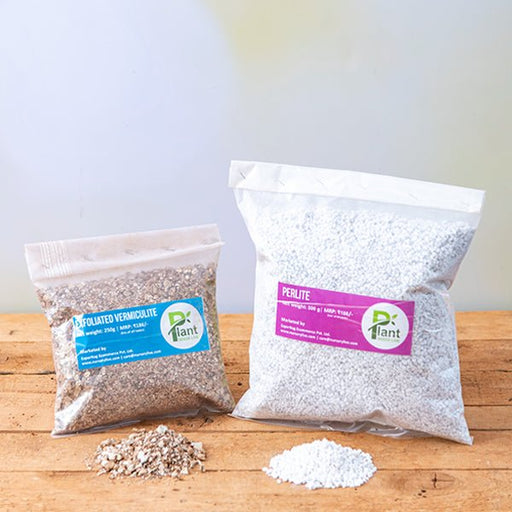 Save 30%
Save 30%
Transform your gardening experience with our premium Combo of Perlite and Vermiculite. This unique blend is designed to enhance soil aeration and ...
View full details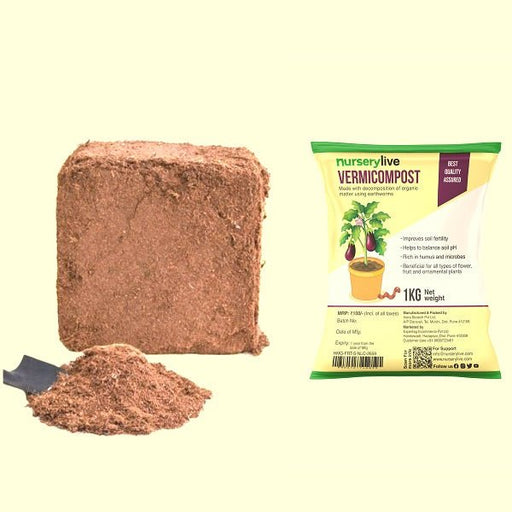 Save 27%
Save 27%
Combo of 2 Vermicompost and Cocopeat - Enrich Your Soil Naturally! Transform your garden into a thriving ecosystem with our Combo of 2 Ver...
View full details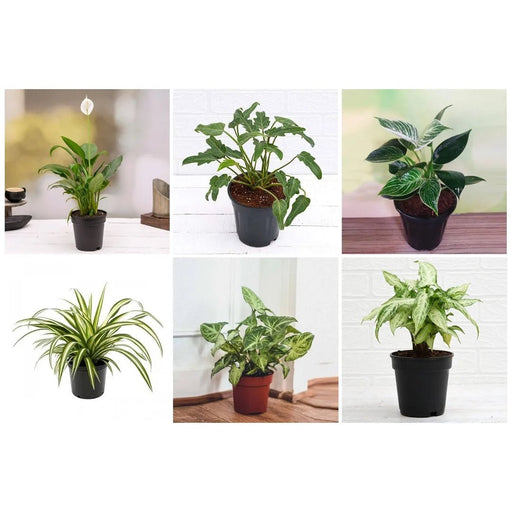
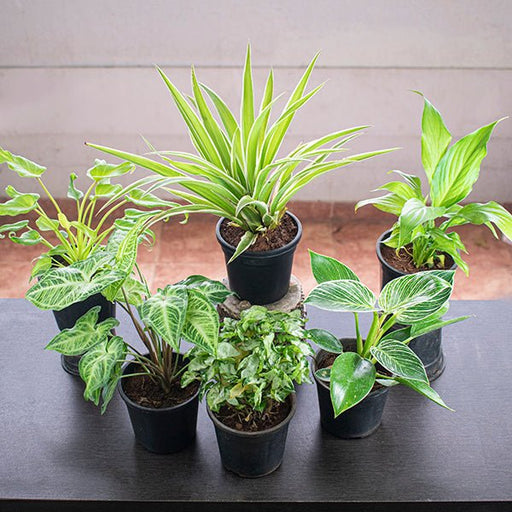 Save 35%
Save 35%
Best 6 Plants for Perfect Indoor Garden Transform your living space into a lush oasis with our curated collection of the Best 6 Plants for a...
View full details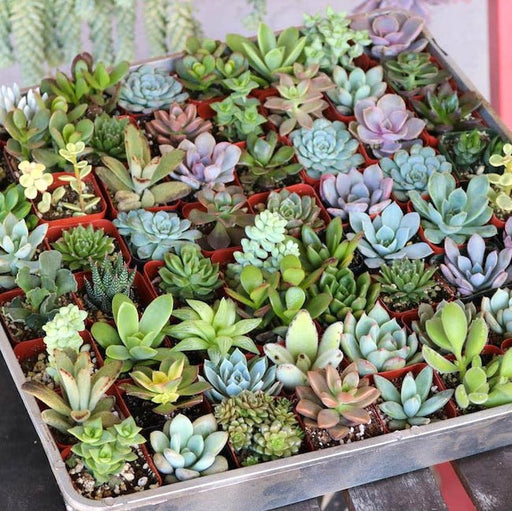
 Save up to 50%
Save up to 50%
Mini Succulent Garden Pack Transform your space with our Mini Succulent Garden Pack, featuring a delightful collection of 4 any variety beautiful s...
View full details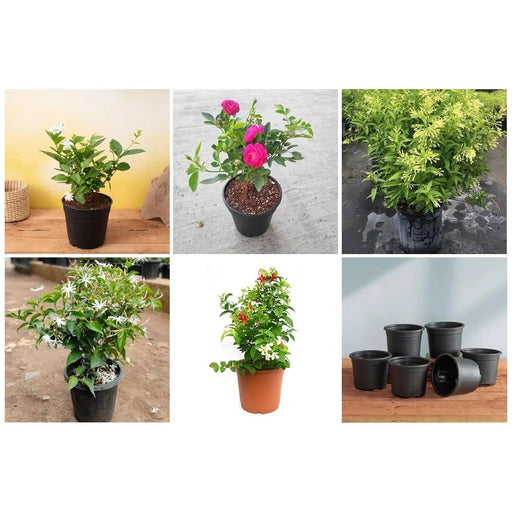
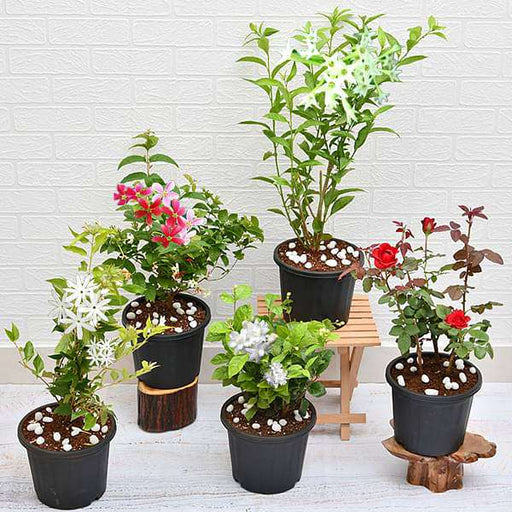 Save 30%
Save 30%
5 Best Fragrant Plants Transform your garden or indoor space into a fragrant paradise with our curated selection of the 5 Best Fragrant Plants. Th...
View full details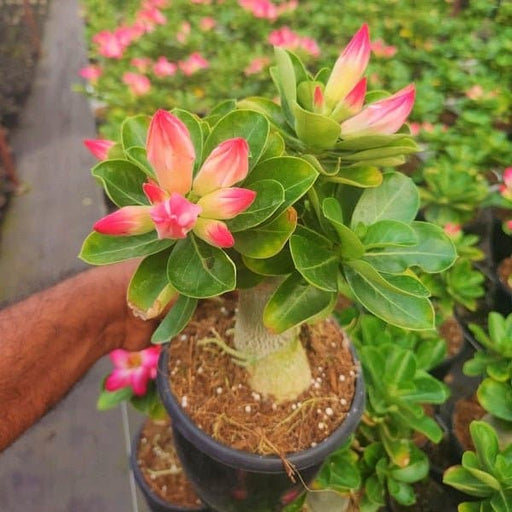
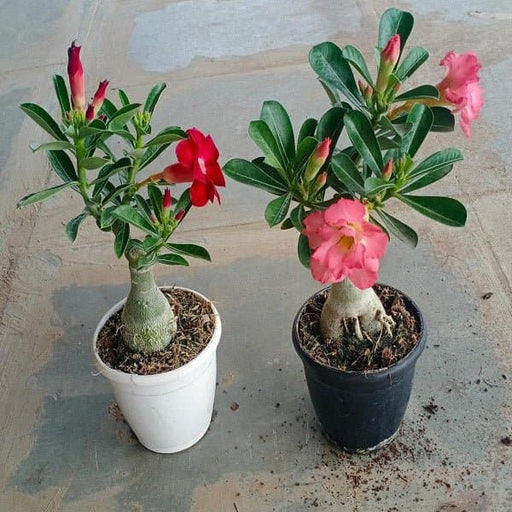 Save 24%
Save 24%
Set of 2 Bonsai Looking Grafted Adeniums Transform your indoor or outdoor space with our exquisite Set of 2 Bonsai Looking Grafted Adenium...
View full details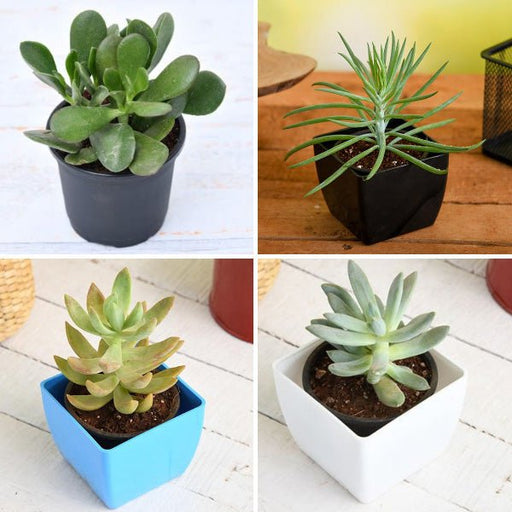 Save 45%
Save 45%
Top 4 Die Hard Succulents Pack Transform your indoor or outdoor space with our Top 4 Die Hard Succulents Pack, featuring a curated selecti...
View full details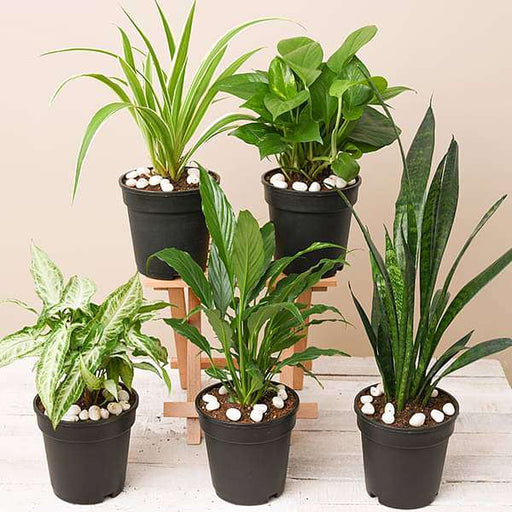
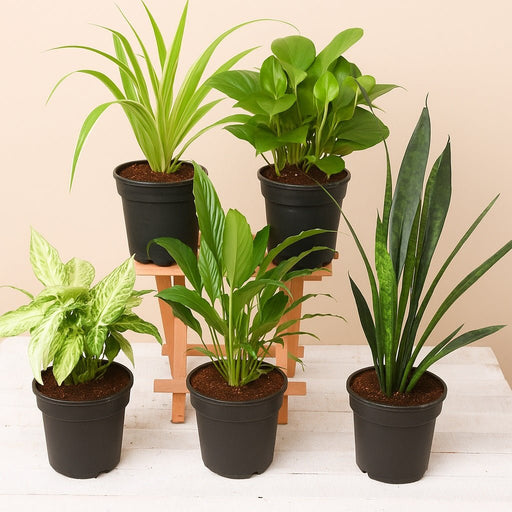 Save 30%
Save 30%
5 Best Indoor Plants Pack Transform your living space into a lush oasis with our '5 Best Indoor Plants Pack.' This carefully curated collection fe...
View full details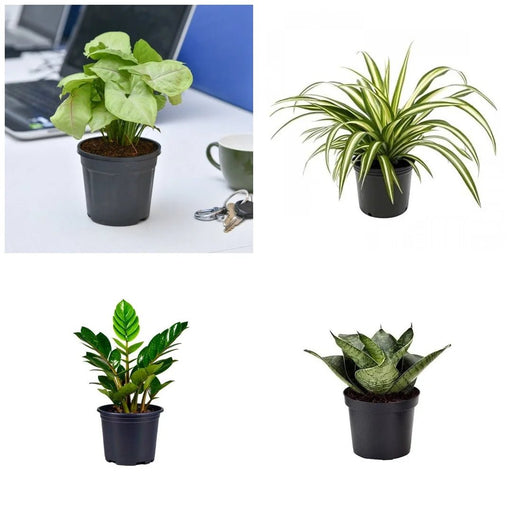
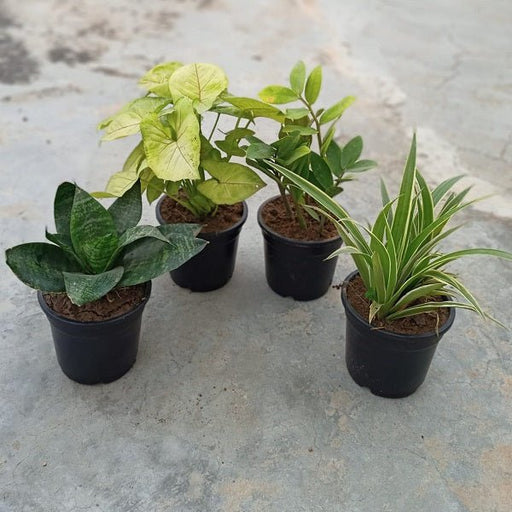 Save 25%
Save 25%
Set of 4 Evergreen Air Purifier Plant Pack Transform your indoor space into a lush, green oasis with our Set of 4 Evergreen Air Purifier Pla...
View full details| SrNo | Item Name |
|---|---|
| 1 | Boneset - Plant |
Boneset (Eupatorium perfoliatum) is a perennial herb native to North America, renowned for its medicinal properties and striking appearance. With its tall, upright stems and clusters of small white flowers, this plant not only enhances your garden but also serves as a valuable addition to herbal remedies. Traditionally used by Indigenous peoples, Boneset is celebrated for its ability to alleviate fevers and respiratory ailments.
What makes Boneset special is its rich history in herbal medicine, dating back to the 18th century. This resilient plant thrives in wetland areas, making it an excellent choice for rain gardens and naturalized landscapes. Its ecological benefits include attracting pollinators like bees and butterflies, contributing to biodiversity in your garden.
One of Boneset's standout features is its ability to thrive in various soil types, provided they are moist. This adaptability, combined with its medicinal uses, makes it a must-have for both herbalists and gardeners alike.
Boneset, or Eupatorium perfoliatum, is not just a pretty face in the plant world; it’s a powerhouse of health benefits! Traditionally used to treat fevers and colds, this herb is like your grandma’s chicken soup but in plant form. It’s known for its anti-inflammatory properties, making it a go-to for those pesky aches and pains. Plus, it’s a natural diaphoretic, which means it helps you sweat out those toxins. Who knew a plant could be your personal detox coach?
Ready to get your hands dirty? Planting Boneset is as easy as pie—if pie were made of soil and seeds! This perennial loves moist, well-drained soil and a sunny spot, so pick your garden location wisely. Just toss those seeds in the ground, give them a little love, and watch them flourish. It’s like planting a little piece of nature’s pharmacy right in your backyard.
Caring for Boneset is like nurturing a friendship; it requires a little attention but pays off big time! This plant thrives in wet conditions, so don’t be shy with the watering can. Just remember, too much love (or water) can drown it. Prune those dead leaves and watch for pests, and you’ll have a thriving Boneset plant that’s the envy of your gardening circle.
Sip, sip, hooray! Boneset tea is the herbal hug you didn’t know you needed. Brewed from the leaves and flowers of the Boneset plant, this tea is a delightful way to enjoy its medicinal properties. It’s like a warm blanket for your insides, perfect for those chilly evenings or when you’re feeling under the weather. Just don’t forget to add a splash of honey for that sweet touch!
If you’re looking to be the ultimate host for local wildlife, Boneset is your plant! This herb attracts butterflies and bees like a magnet, turning your garden into a buzzing paradise. It’s not just a pretty face; it’s a vital part of the ecosystem, providing nectar and habitat for pollinators. So, plant Boneset and watch your garden transform into a wildlife wonderland.
Boneset has been a staple in traditional medicine for centuries, proving that sometimes, old-school remedies are the best. Native Americans and early settlers used it to treat everything from fevers to digestive issues. It’s like the wise old sage of the plant world, offering wisdom and healing through the ages. Who knew history could taste so good?
When it comes to fevers, Boneset is the plant equivalent of a cool cloth on your forehead. Known for its antipyretic properties, it helps reduce fever and makes you feel a bit more human again. It’s like having a personal nurse in your garden, ready to whip up a remedy when you need it most.
Caught a cold? Fear not! Boneset is here to save the day. This herb has been used for generations to alleviate cold symptoms, helping you breathe easier and feel better faster. It’s like having a superhero in your herbal arsenal, swooping in to rescue you from the clutches of sniffles and coughs.
Boneset isn’t just a pretty face; it’s also a digestive dynamo! Known to ease stomach issues and promote healthy digestion, this plant is like a gentle nudge for your tummy. It’s the herbal equivalent of a good friend reminding you to take it easy after that extra slice of pizza.
Who knew Boneset could double as a skincare guru? This plant’s anti-inflammatory properties make it a fantastic addition to your skincare routine. Whether used in poultices or infused oils, Boneset can help soothe irritated skin and promote healing. It’s like having a spa day in your garden, minus the hefty price tag.
Dive into the aromatic world of Boneset! While it may not be the first plant that comes to mind for aromatherapy, its essential oils can provide a refreshing and uplifting scent. Imagine a garden party where Boneset is the life of the party, bringing a unique fragrance that’s both earthy and invigorating.
Want to be the Boneset whisperer? Here are some gardening tips to ensure your plant thrives! Choose a spot with plenty of sunlight and moisture, and don’t forget to give it some space to grow. Regularly check for pests and diseases, and you’ll have a flourishing Boneset plant that’s the talk of the town. Happy gardening!
Boneset, or Eupatorium perfoliatum, is a perennial herb known for its medicinal properties. This plant, with its distinctive whorled leaves, has been a go-to remedy for fevers and colds since the 18th century. It’s like nature’s little pharmacy, minus the awkward waiting room!
Boneset thrives in wet, lowland areas across North America. Think of it as the party animal of the plant world, preferring to hang out near streams and marshes. If you’re looking to cultivate it, just remember: it loves a good splash!
Boneset is famous for its ability to treat fevers, colds, and flu-like symptoms. It’s like your grandma’s chicken soup but in plant form! Traditionally, it’s been used to induce sweating and relieve aches, making it a go-to for those feeling under the weather.
Generally, Boneset is safe when used appropriately, but moderation is key! Overindulgence can lead to some unwanted side effects, like nausea or diarrhea. Always consult a healthcare professional before diving into the herbal remedy pool—better safe than sorry!
To prepare Boneset, steep the dried leaves in hot water for about 10-15 minutes. Voila! You’ve got yourself a herbal tea that’s as soothing as a warm blanket on a chilly day. Just remember to sip slowly and enjoy the herbal goodness!
While Boneset has been used traditionally for children, caution is advised. Always consult a pediatrician before giving any herbal remedies to kids. After all, you wouldn’t want to turn your little ones into tiny herbal experimenters!
Side effects can include nausea, diarrhea, and even allergic reactions in some cases. It’s like a surprise party you didn’t want to attend! Always start with a small dose and listen to your body—no one likes an uninvited guest!
Boneset may interact with certain medications, especially those affecting the liver. It’s like that friend who can’t help but stir the pot! Always check with your healthcare provider to avoid any herbal drama in your medicine cabinet.
Yes, Boneset can be grown indoors, but it requires plenty of light and moisture. Think of it as a high-maintenance houseplant that demands attention. If you can provide the right conditions, you’ll have a thriving herbal companion!
The best time to harvest Boneset is just before it blooms, typically in late summer. This is when the plant is packed with its medicinal goodness. Just remember, timing is everything—like catching the perfect wave!
Boneset can spread quite a bit, but it’s not considered highly invasive. It’s more like that friend who overstays their welcome but is still fun to have around. Just keep an eye on it, and you’ll be fine!
You can find Boneset at local herbal shops, online retailers, or even in your backyard if you’re lucky! Just make sure you’re getting it from a reputable source—no one wants to play “guess that plant” with their health!